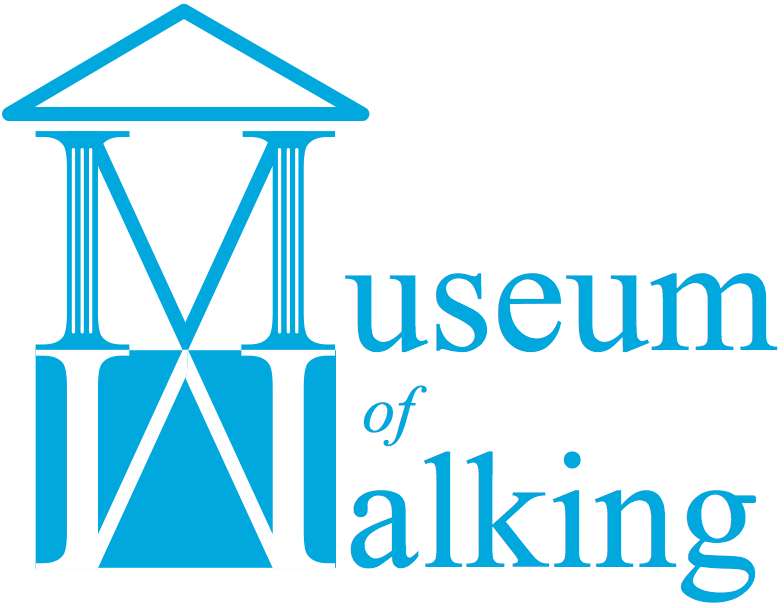Date/Time
Date(s) - 15/05/2017
11:00 am - 1:00 pm
Location
Christchurch
A walk around Spitalfields in the company of Dr Peter Coles, urban nature photographer and writer, co-founder of the Morus Londinium project on London’s mulberry heritage.
 Part of the London Metropolitan Archives: Word on the Street Festival
Part of the London Metropolitan Archives: Word on the Street Festival
With the Revocation of the Edict of Nantes in 1685, which outlawed the practice of Protestantism in France, between 50,000 and 80,000 Calvinist refugees (Huguenots) settled in England. Around 30,000 to 40,000 settled in the Greater London area. Although fleeing with almost no money or possessions, many of the refugees were skilled in trades such as with weaving, clock-making and financial services.
Silk weaving was the largest single occupation for the French refugees and was concentrated in Spitalfields. Large workshops were set up in the area, employing many workers. They were mostly making silk ribbons and buttons.
Even when English silk throwing and weaving fell into decline in the early 19th century, a large Huguenot community remained in the area around Spitalfields and Bethnal Green. By the end of the nineteenth century there were still around 60 working looms in the garrets of the once elegant eighteenth-century townhouses of Spitalfields.
Mulberries
The leaves of the mulberry tree are the sole food of the silkworm. However, there is little

(Now retired) Bishop of London presenting a black mulberry to the Rector of Christ Church for planting in their churchyard, near to a white mulberry. The tree was donated by the Conservation Foundation’s Morus Londinium project.
evidence that the Spitalfields weavers cultivated their own silk. This is a separate enterprise, requiring not only other skills, but also land, clement weather and special houses to raise the silkworms. Nevertheless mulberry gardens do appear on 17th and 18th century maps of the area. One of these was just south of Whitechapel Road, remembered today in the name of Mulberry Street.
There are several mulberry trees in the area, sometimes hidden from view in gardens and even behind a pub. Our walk will take in as many of these trees as is feasible, while also exploring the area’s Huguenot heritage and garret weaver’s workshops.
Stalking Trees
For several years, we have been getting people to share their knowledge and stories about trees, and more recently, with the help of urban naturalist, photographer and writer Peter Coles, we have been ‘stalking trees’ to discover more about individual species and specimen, and how they can be photographed in different seasons.
Booking (administered by the London Metropolitan Archives): Tickets £10
Find out more about the Morus Londinium project on London’s mulberry heritage
Walking in Step with
Dr Peter Coles

